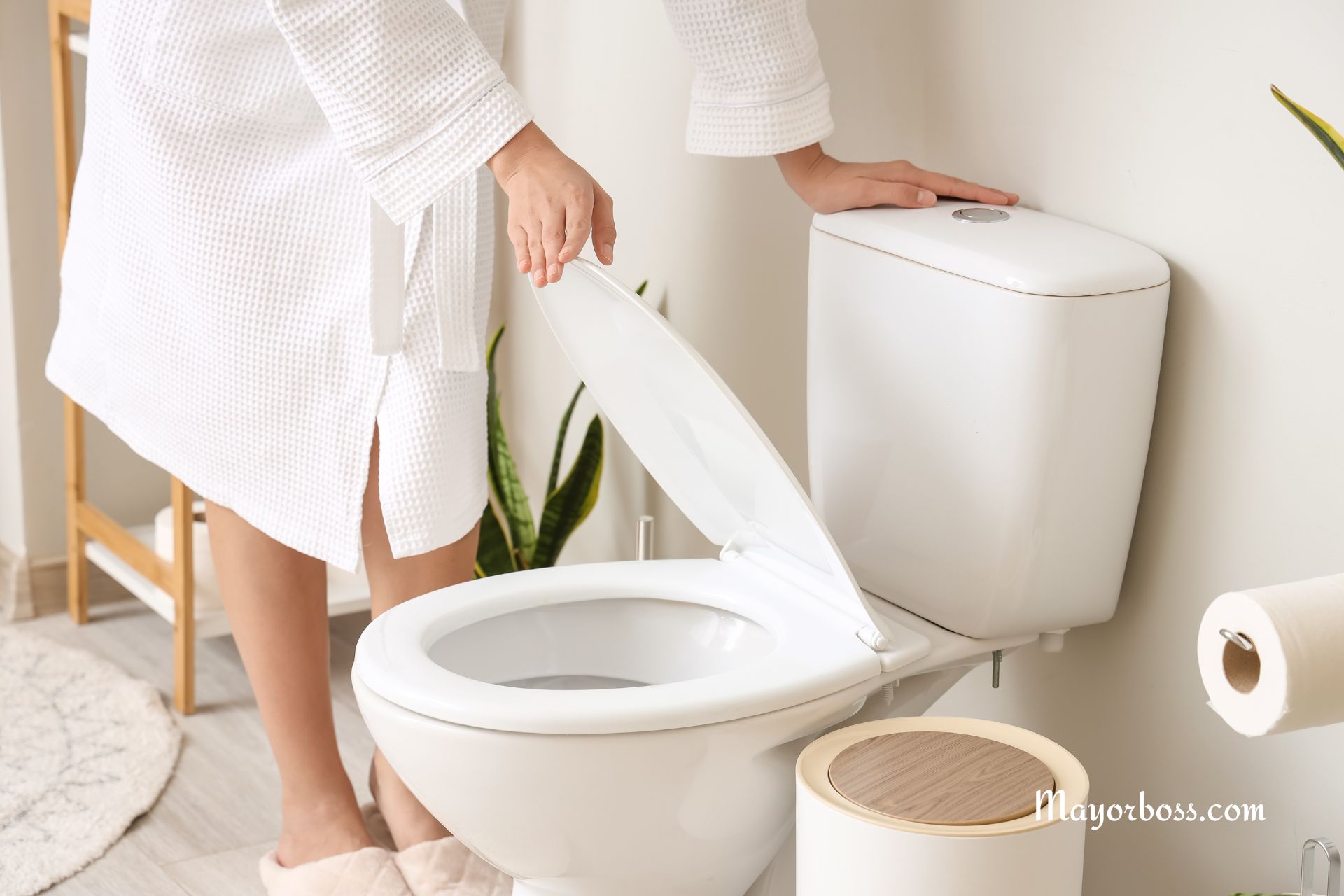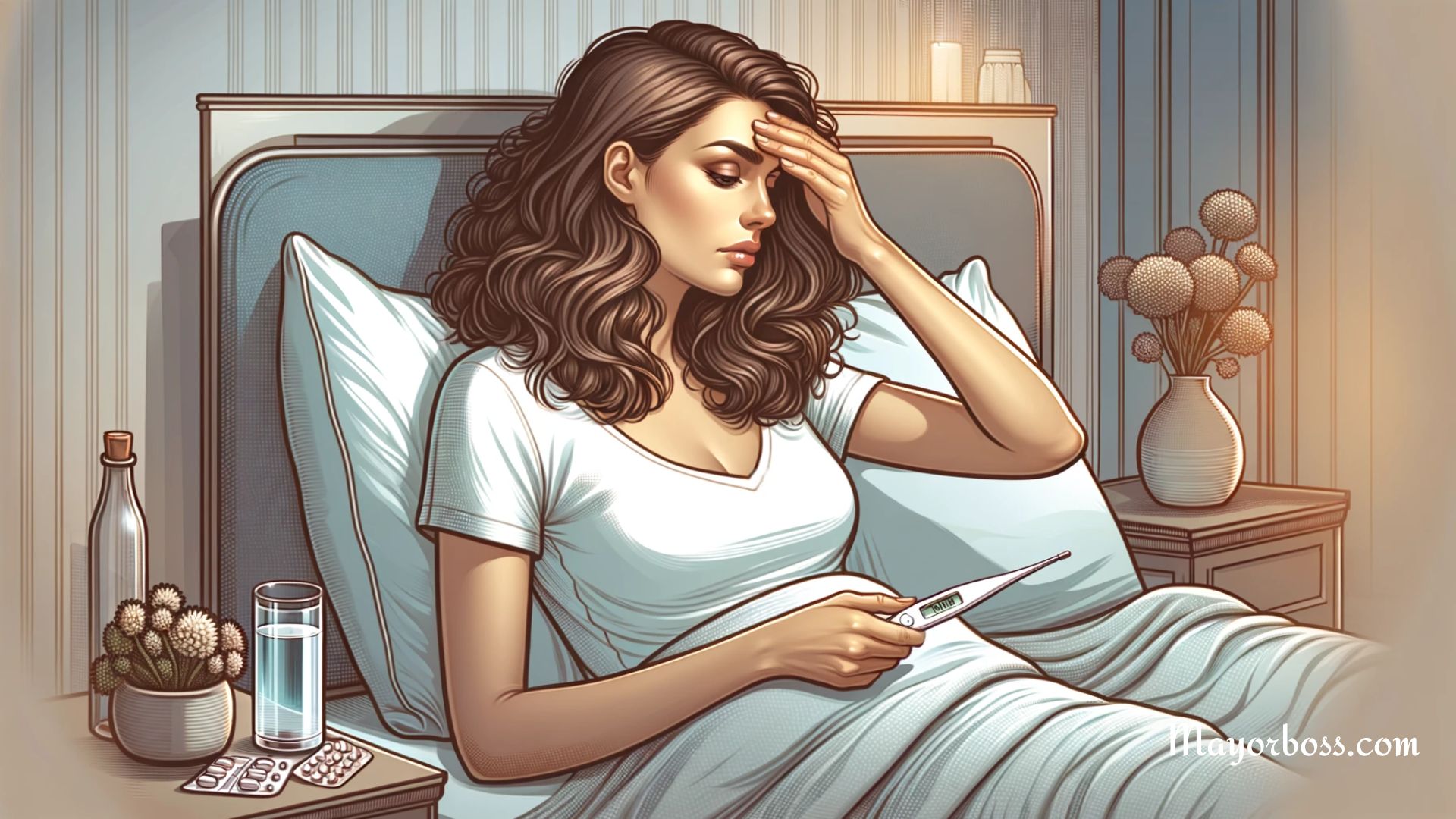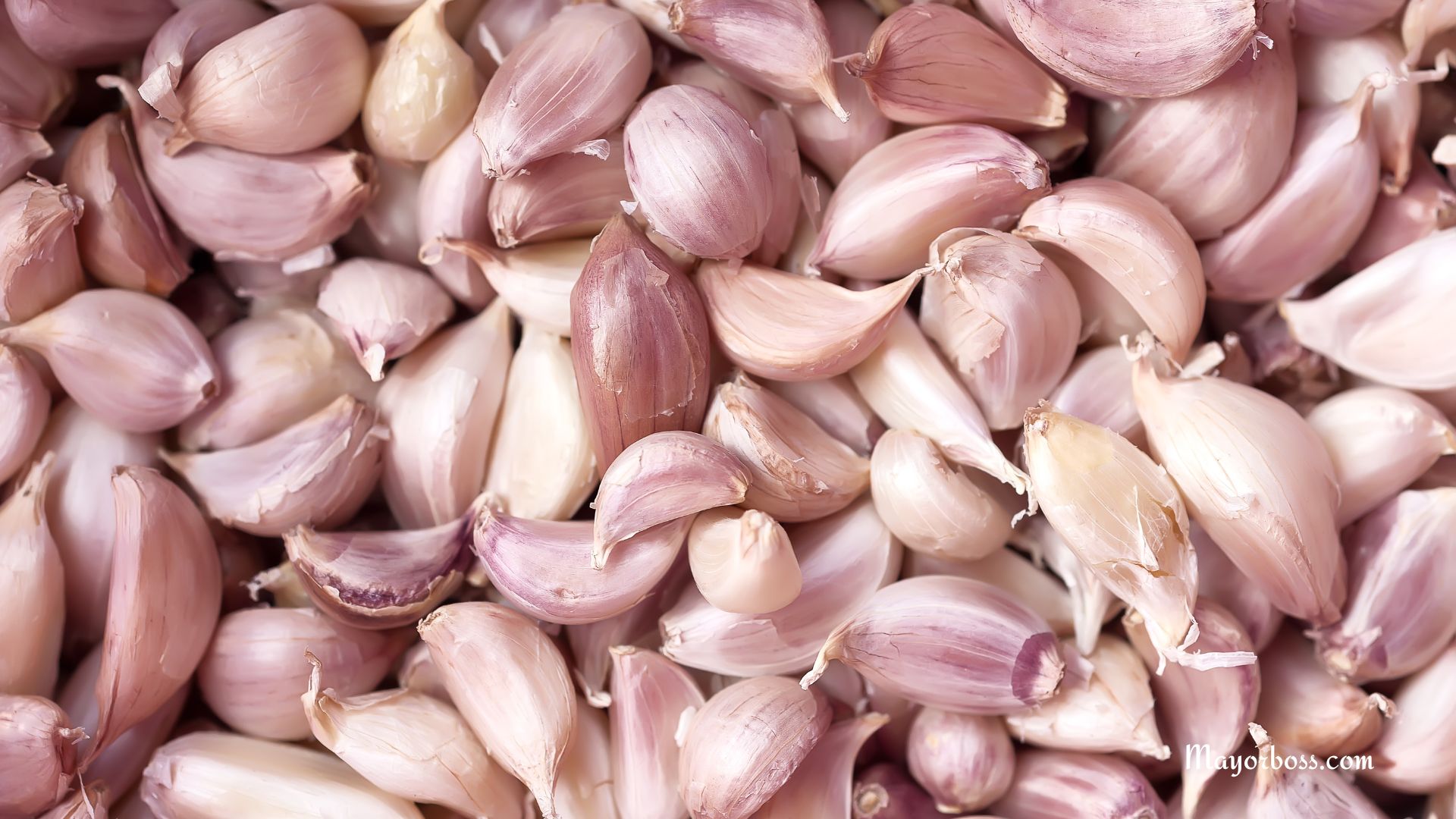5 Things That Can Cause Bright Yellow or Green Pee
Typically, a healthy urine color ranges from a pale straw tint to a deeper shade of yellow. The main color comes from a substance called urochrome, a natural byproduct of our bodies’ metabolic processes. Your urine can vary in color from day to day, depending on how much water you drink or what foods you eat. When you notice a dramatic shift toward bright yellow or green, there can be several possible causes.

In this article, we shall explore five possible reasons for unusually bright-colored pee and offer some basic advice on what you can do about it.
1. Certain Vitamins or Supplements
Many people take daily vitamins or dietary supplements to boost their nutrition. One curious effect of these products—especially those containing vitamin B2, also called riboflavin—is that they can turn your urine a vivid yellow or sometimes even a highlighter shade. This happens because your body cannot store excess amounts of certain vitamins, so it gets rid of what it cannot use. The leftover vitamins end up in your urine, giving it that bright color.
When you swallow a vitamin pill, your digestive system absorbs what it needs. Whatever is above and beyond that gets filtered by your kidneys and becomes waste. Riboflavin has a yellowish pigment, so when you have more than your body requires, this pigment will show up in your pee. Although this can be startling if you are not expecting it, rest assured that it is often harmless.
If your urine color is bright yellow and you suspect your vitamins are to blame, you might check the label of your supplement. If B2 (riboflavin) is listed, it could easily explain the color change. If this is the only symptom and you are otherwise feeling well, there is usually no cause for worry. However, if the color remains unusually bright for a long time or you experience other troubling signs like pain or a burning sensation, talk with a medical professional.
2. Specific Foods
It might come as no surprise that foods with bright pigments can sometimes affect urine color. For instance, if you have ever eaten beets, you may know that your pee can take on a pinkish-red tint soon afterward. Vegetables with strong colors, such as carrots, may also add a hint of orange. But what about bright yellow or green?
Leafy green vegetables, such as spinach or kale, usually will not turn your urine into a neon shade, but large amounts sometimes add a slight green tint. Additionally, artificial food coloring, used in candies or drinks, can surprise you. These dyes do not always break down fully in the body, leaving their mark on your urine.
If you notice that your urine has changed color shortly after a meal that contained bold or bright foods, it could be the meal’s ingredients causing the effect. To test this theory, simply track what you eat. If the color change appears consistently following certain meals and goes away after you stop eating those items, you have found your answer.
3. Dehydration
Dehydration is a condition in which your body has lost more fluids than it has taken in. It can cause your urine to appear darker or, in some cases, a more intense yellow. Mild dehydration can happen if you forget to drink enough water during the day or sweat a lot from physical activity. Because the body is trying to conserve fluids, it produces a smaller volume of pee with a higher concentration of waste products, making the color look stronger.
Besides changes in urine color, signs of dehydration include feeling thirsty, tired, and experiencing dry mouth. Severe dehydration can lead to dizziness and confusion. If your urine is bright or dark yellow and you suspect dehydration, try to drink more water or other fluids like herbal teas. Within a short while, your urine usually returns to its normal shade.
Staying hydrated is simple yet crucial for your overall health. Aim to drink water throughout the day. If you are very active or live in a warm climate, you might need more fluids. Keep an eye on your urine color—if it becomes bright or dark, it might be your body’s way of telling you to take a sip of water.
4. Medications and Dyes
Sometimes, medications or medical dyes can produce surprising effects on urine color. Some prescription drugs and even over-the-counter drugs are known to turn urine shades of bright yellow or green. Meanwhile, dyes used in certain tests or procedures, like those for kidney function or bladder exams, can also cause the color to shift noticeably.
Common Drugs That May Cause Bright Urine
- Certain antibiotics, especially those used for urinary tract infections
- Drugs used to ease pain or inflammation
- Medications prescribed for mood or mental health
- Over-the-counter antihistamines, in some cases
If you notice a color change in your urine shortly after beginning a new medication, read the label or ask your pharmacist for details. They can let you know if the medicine commonly affects urine color. This color change is not harmful most of the time, but any concerns should always be discussed with a health professional.
Whenever you start a new medication, keep track of any changes in your body, including your urine. That way, you can quickly spot any unusual side effects. While bright urine from medications may not be a major problem on its own, it never hurts to ask questions if you are unsure.
5. Possible Infections
In rare instances, a bright greenish color can be a sign of infection, especially a urinary tract infection (UTI) caused by certain bacteria. These germs can produce substances that alter the normal color of your pee. Symptoms that could accompany a UTI include burning or pain when you urinate, needing to go to the bathroom more often, and lower abdominal discomfort.
If you suspect an infection, especially if you have pain or discomfort, it is important to see a medical professional. They will likely test a urine sample to look for bacteria or other signs of infection. If treated quickly with proper antibiotics or other measures, most UTIs clear up without lasting problems.
A small color change by itself might not indicate an infection. But if bright green or yellow urine is paired with strong-smelling pee, fever, chills, or pain, it is best to get it checked out. Being proactive can help you feel better faster and avoid complications.
Final Thoughts on Bright Pee
Bright yellow or green urine does not always mean you are sick. Often, the cause is something as simple as taking extra vitamins or eating certain foods. Medications and dehydration can also give urine a startling hue. In some cases, though, the color might signal an infection or another issue that needs attention. The key is to pay close attention to any additional symptoms, like pain or discomfort, that might point to a larger problem.
If you ever feel unsure, consulting a doctor or health expert is the best thing to do. They can perform tests to identify any hidden causes behind your urine’s unusual color.






